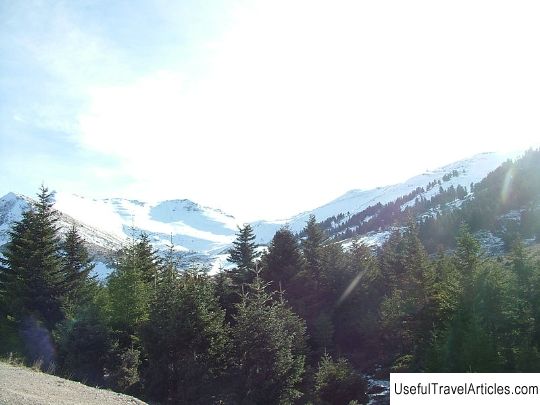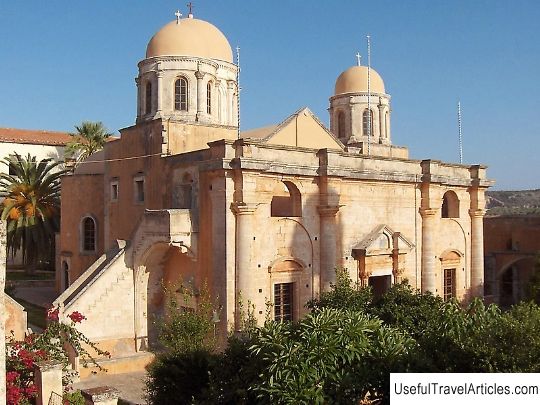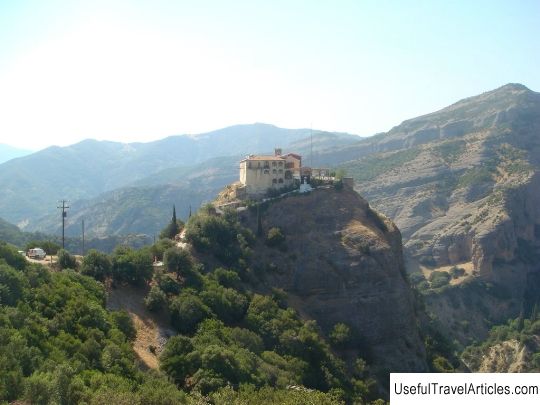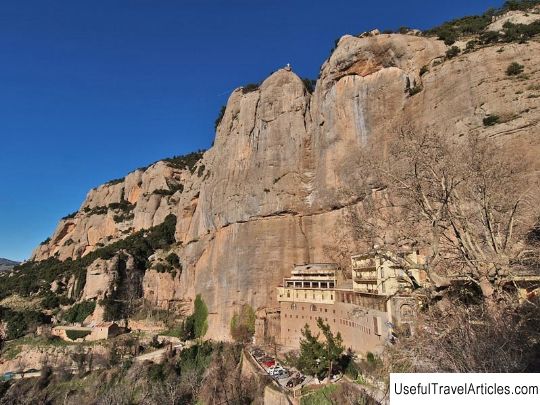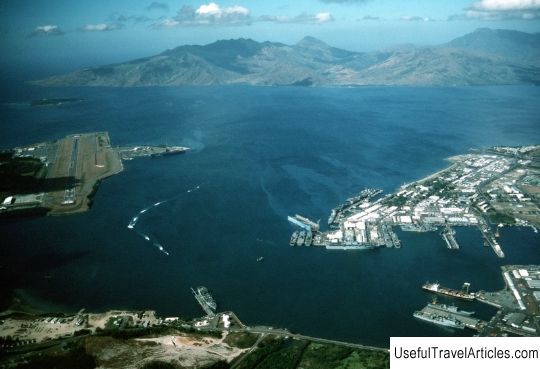Agia Lavra monastery description and photos - Greece: Kalavryta
Rating: 7,7/10 (1970 votes) 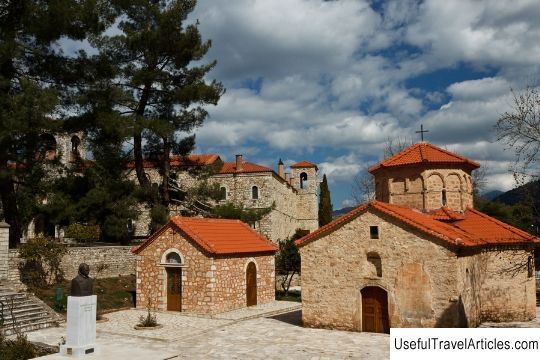
Agia Lavra monastery description and photos - Greece: Kalavryta. Detailed information about the attraction. Description, photographs and a map showing the nearest significant objects. The title in English is Agia Lavra. Photo and descriptionThe Monastery of Agia Lavra (Holy Lavra) is located on Mount Helmos at an altitude of 961 meters above sea level near the town of Kalavryta. It was built in 961 and is one of the oldest Orthodox monasteries in Greece and can be considered a symbol of the birth of modern Greece. Over its long history, the monastery has been repeatedly destroyed. In 1585 it was burned to the ground by the Turks. After 15 years, it was practically restored, although the fresco painting, which was done by the master Antimos, was not completed until 1645. But already in 1715 the monastery was burnt again. In 1821, the Greek War of Independence from the Ottoman Empire (Greek Revolution) began and the monastery of Agia Lavra acquired its historical significance. It was here on March 25, 1821 that the famous slogan of the Greek revolutionaries “Eleftheria and Thanatos” (translated as “freedom or death”) was voiced, calling for an uprising against the Turks. On the same day, Metropolitan Herman (Greek Orthodox Metropolitan of the city of Patras) performed a doxology, blessed the Lavaron (banner) of the Greek national uprising and swore in the Peloponnesian rebels. The revolutionary flag was supposedly raised by the metropolitan under a sycamore tree near the monastery gates. During the war of liberation in 1826, Agia Lavra was again burnt, this time by the army of Ibrahim Pasha. After Greece gained independence, in 1850 the church was rebuilt. Today, on the hill opposite the monastery, there is a monument to the heroes of the 1821 revolution. During the Second World War in 1943, the Germans destroyed the city of Kalavrita and the monastery was burnt down again. It was restored already in 1950 with state subsidies and the means of parishioners. Today, the monastery hosts a historical museum, which houses valuable historical relics: books, documents, icons, paintings, etc. Among the most interesting exhibits are the gospel inlaid with diamonds donated by the Russian Empress Catherine the Great, the vestments of Metropolitan Herman, silk fabrics of the 16th century from Smyrna and Constantinople with embroidery in gold and silver threads. Here you can also see the Greek revolutionary flag, which marked the beginning of the liberation war for the independence of Greece in March 1821. The relics of St. Alexis rest in the monastery,      We also recommend reading Nizhnepechorsky nature reserve description and photos - Russia - North-West: Nenets Autonomous Okrug Topic: Agia Lavra monastery description and photos - Greece: Kalavryta. |
